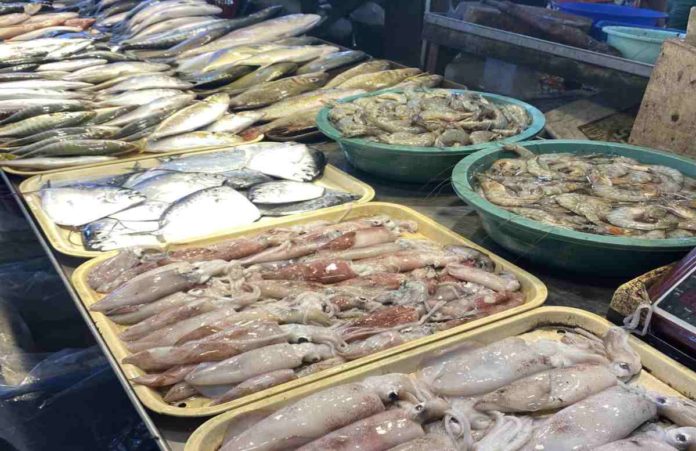
ILOILO City – Western Visayas’ fish sufficiency rate was at 114 percent in 2023, according to the Philippine Statistics Authority (PSA).
PSA data showed that from January to December last year, the region had 325,011 metric tons production.
The region’s primary contributor in production was aquaculture at 156,855 metric tons or 48 percent of the total production, followed by municipal fisheries (96,741 metric tons or 30 percent), and commercial fisheries (71,415 metric tons or 22 percent).
Here are the top three commodities of each fishery sector:
Aquaculture
* seaweed – 70,072 metric tons
* milkfish – 58,973 metric tons
* oyster – 10,393 metric tons
Municipal
* blue swimming crabs – 5,102 metric tons
* bali sardinella – 4,528 metric tons
* acetes – 4,409 metric tons
Commercial
* bali sardinella – 9,978 metric tons
* round scad – 7,907 metric tons
* fimbriated sardines – 5.755 metric tons
Aquaculture involves fish culture activities in inland and marine waters.
Commercial fishery refers to capture fishing operations using fishery vessels of over three gross tonnage outside the municipal waters (beyond 15 kilometers from the shoreline).
Municipal fishery, meanwhile, refers to capture fishing operations using fishery vessels of three gross tonnage or less including other forms of fishing not involving the use of watercraft.
“Ang damo kita supply in terms of aquaculture is bangus and sa dagat nga ginakuha madamo kita sang tabagak, tuna species, kag iban pa nga mga isda,” said Bureau of Fisheries and Aquatic Resources (BFAR) Region 6 director Remia Aparri.
The region’s fishing grounds are the Visayan Sea, Panay Gulf, Guimaras Strait, and the waters of Antique province.
The Visayan Sea is a vast fishing ground surrounded by 33 cities and municipalities of the provinces of Capiz, Iloilo, Negros Occidental, Cebu, and Masbate.
Aparri said the sufficient fish production in the region was attributed to the support and cooperation of stakeholders, local government units (LGUs), partnered government agencies, fisherfolks, and the campaign against illegal fishing, particularly during closed season in the Visayan Sea.
The three-month closed season for fishing in the Visayan Sea started Nov. 15, 2013 until Feb. 15, 2024.
Fisherfolks were banned from catching, selling and buying sardines, mackerel and herring in a portion of the marine biodiversity-rich Visayan Sea.
The closed season is in accordance with Fisheries Administrative Order 167-3, which establishes the Visayan Sea closed season.
The move aims to conserve and protect the economically important species in the said fishing ground during their spawning period.
Areas of closure in Western Visayas include northern Iloilo covering from Barotac Nuevo, Anilao, Banate, Barotac Viejo, Ajuy, Concepcion, San Dionisio, Batad, Estancia, Balasan, and Carles; parts of Capiz including Roxas City, Pilar, Pontevedra, President Roxas, and Panay; and northern Negros covering EB Magalona, Victorias City, Manapla, Sagay City, Cadiz City, and Escalante City.
Closed season also covers the Island of Bantayan in Central Visayas./PN





